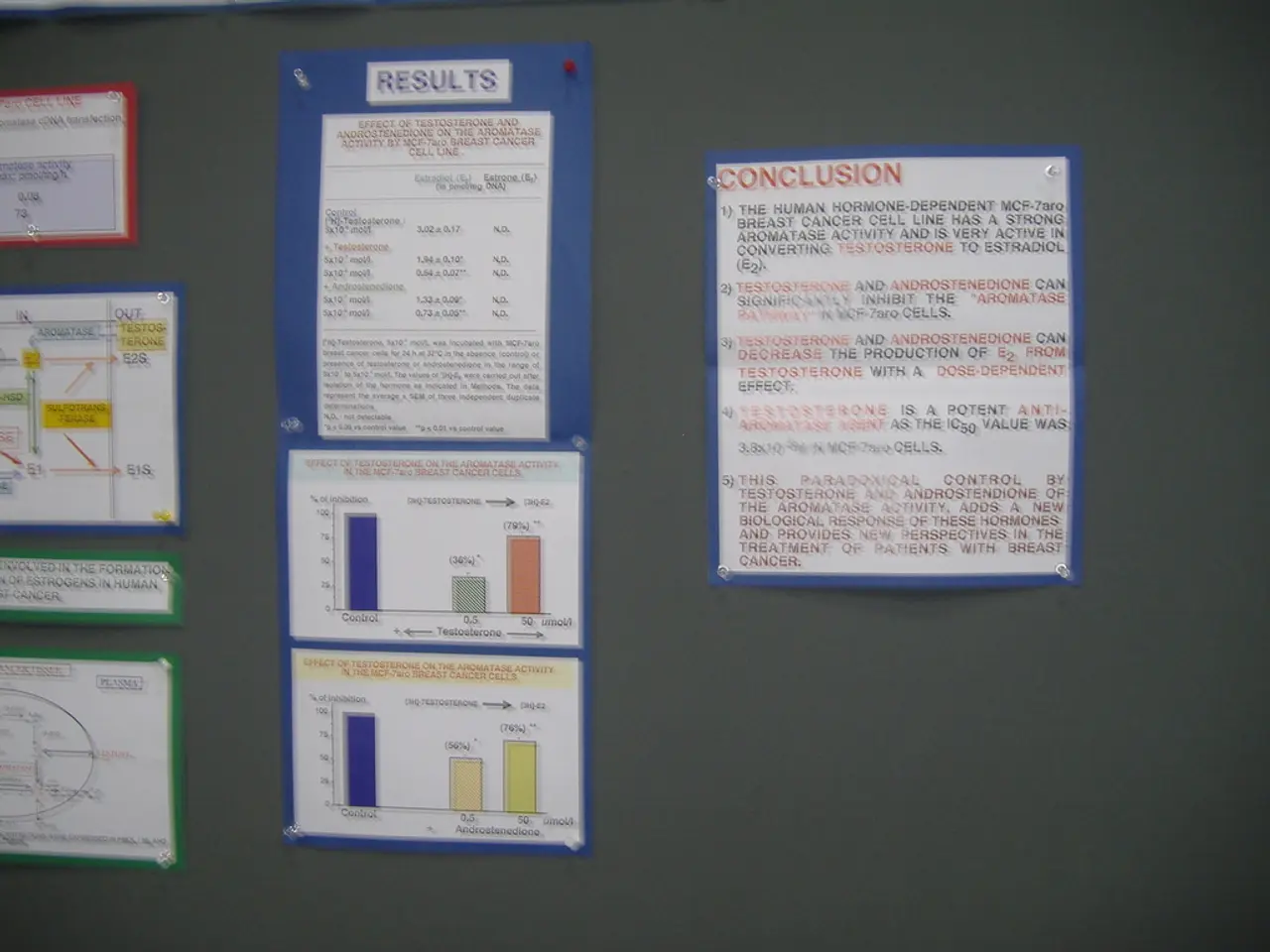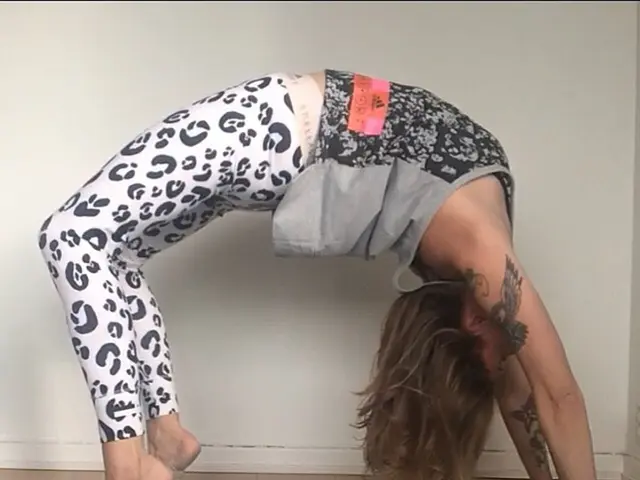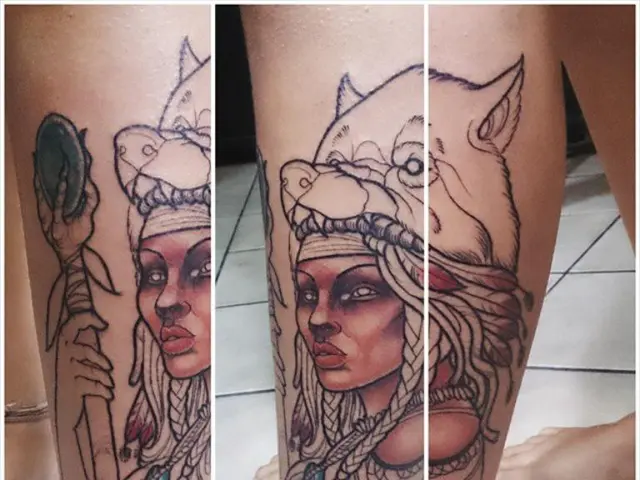Thrombosis within a vein's wall accompanied by inflammation, displaying indicators, origins, and methods of alleviation
Deep Vein Thrombosis (DVT) is a serious condition that can lead to potentially life-threatening complications. This health issue arises when a blood clot forms in a deep vein, usually in the legs, and can have severe long-term effects.
One of the most common chronic complications of DVT is post-thrombotic syndrome (PTS). PTS affects 20-50% of patients after DVT, and it arises due to damage to the venous valves and persistent venous hypertension. Symptoms of PTS include chronic leg pain, heaviness, swelling that worsens with activity, skin discoloration, thickening, and in severe cases, venous ulcers. PTS typically develops within 1 to 2 years after the initial clot, and while there is no cure, treatment focuses on symptom management with compression therapy.
Another dangerous complication of DVT is pulmonary embolism (PE). PE occurs when a clot dislodges and travels to the lungs, blocking blood flow to lung tissue. This can impair oxygen exchange and cause sudden shortness of breath, chest pain, rapid heart rate, and coughing up blood. Approximately 30% of untreated DVT cases may lead to PE, requiring immediate intervention.
Other less common complications include septic thrombophlebitis, an infection of the thrombosed vein, particularly in intravenous drug users, and venous gangrene, characterized by ischemic necrosis of a distal extremity despite preserved pulses, sometimes associated with warfarin use in hypercoagulable patients.
Chronic venous insufficiency (CVI) and skin changes like hyperpigmentation, lipodermatosclerosis, and venous ulcers are also related to long-term venous damage following DVT, contributing to leg morbidity.
In conclusion, the major long-term issues after DVT are post-thrombotic syndrome and pulmonary embolism, with additional risks of venous skin changes and rare conditions such as venous gangrene. Prompt diagnosis and adequate anticoagulation therapy are critical to reducing these risks. If you suspect you may have DVT, it is essential to seek medical attention immediately.
References: [1] Goldhaber, S. Z., & Berger, J. T. (2009). Deep vein thrombosis. The New England Journal of Medicine, 360(1), 30-40. [2] Ginsberg, J. S., & Kahn, S. R. (2010). Chronic venous insufficiency. The Lancet, 375(9728), 1629-1638. [3] Raskob, G. E., & Hirsh, J. (2009). Antithrombotic therapy for venous thromboembolic disease. The New England Journal of Medicine, 360(1), 13-24. [4] Mayer, D. P., & Ginsberg, J. S. (2008). Venous thromboembolism. Circulation, 117(23), 2958-2970. [5] Peyvandi, M. A., & Rizzo, J. R. (2011). The natural history of deep vein thrombosis. Journal of Thrombosis and Haemostasis, 9(1), 11-19.
- Science has provided insights into various medical conditions, such as Deep Vein Thrombosis (DVT), which can lead to serious complications like post-thrombotic syndrome (PTS) and pulmonary embolism (PE).
- Health and wellness are influenced by many factors, including cardiovascular health, and one aspect of this is the management of conditions such as DVT, which can result in long-term issues like chronic venous insufficiency and skin changes.
- In the realm of skin care, understanding and addressing conditions like DVT is crucial, as they can lead to complications such as hyperpigmentation, lipodermatosclerosis, and venous ulcers.





